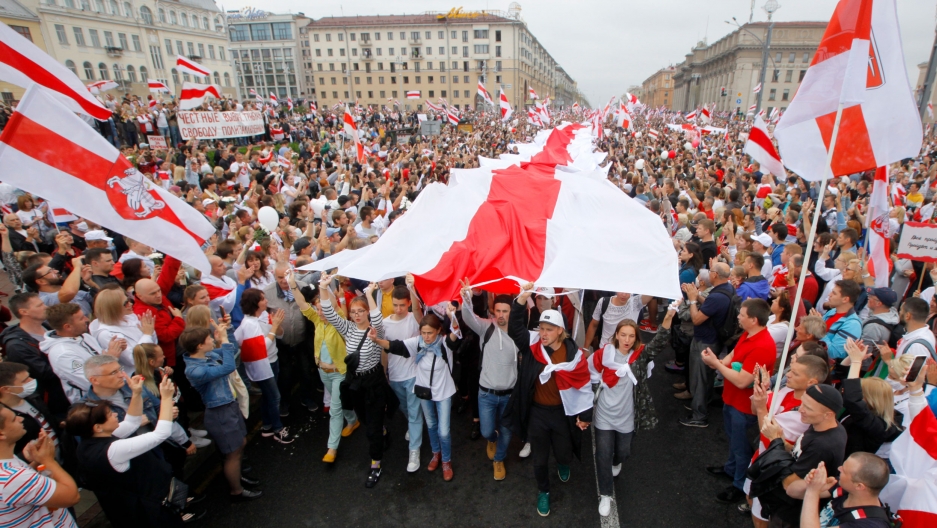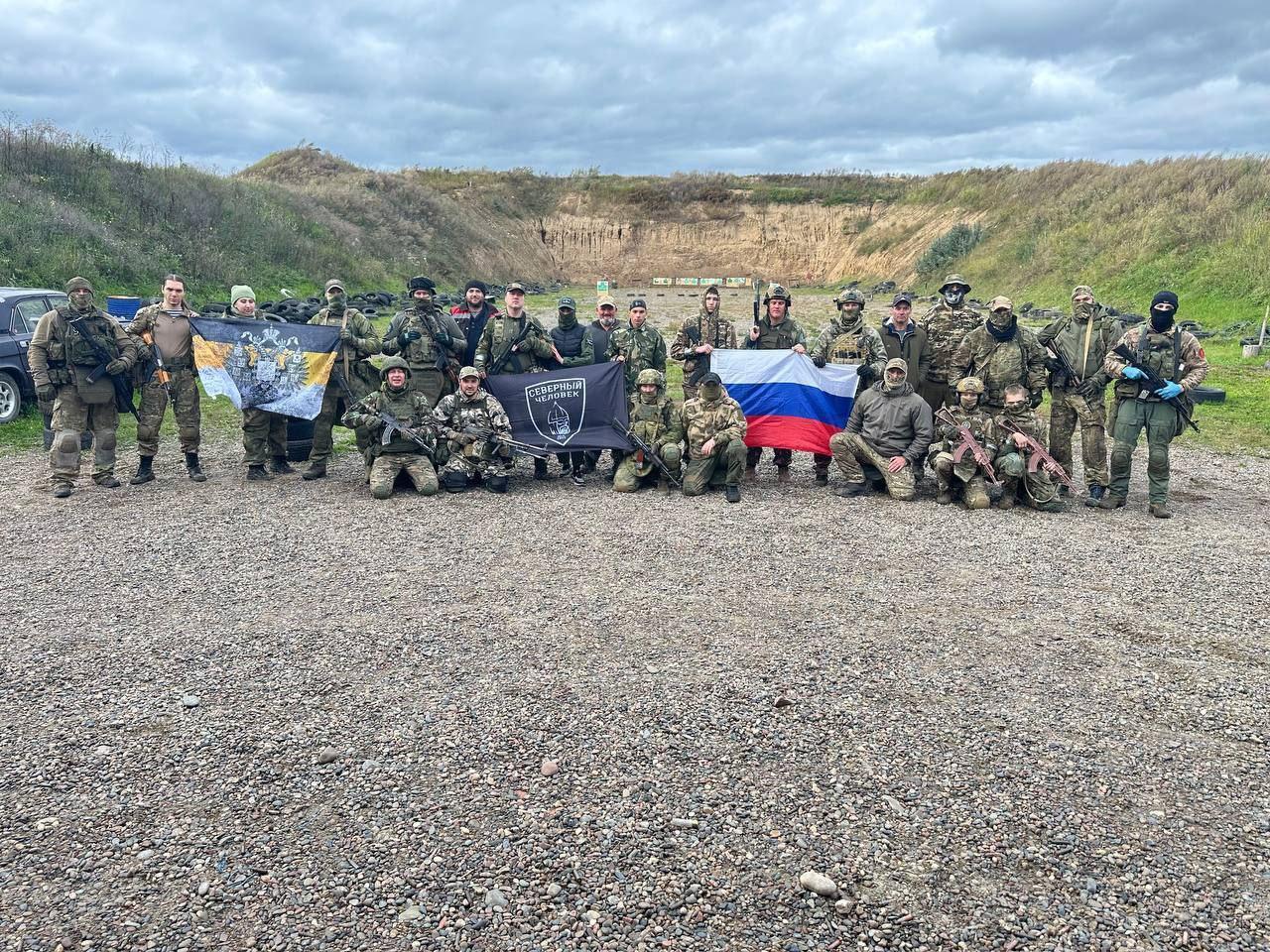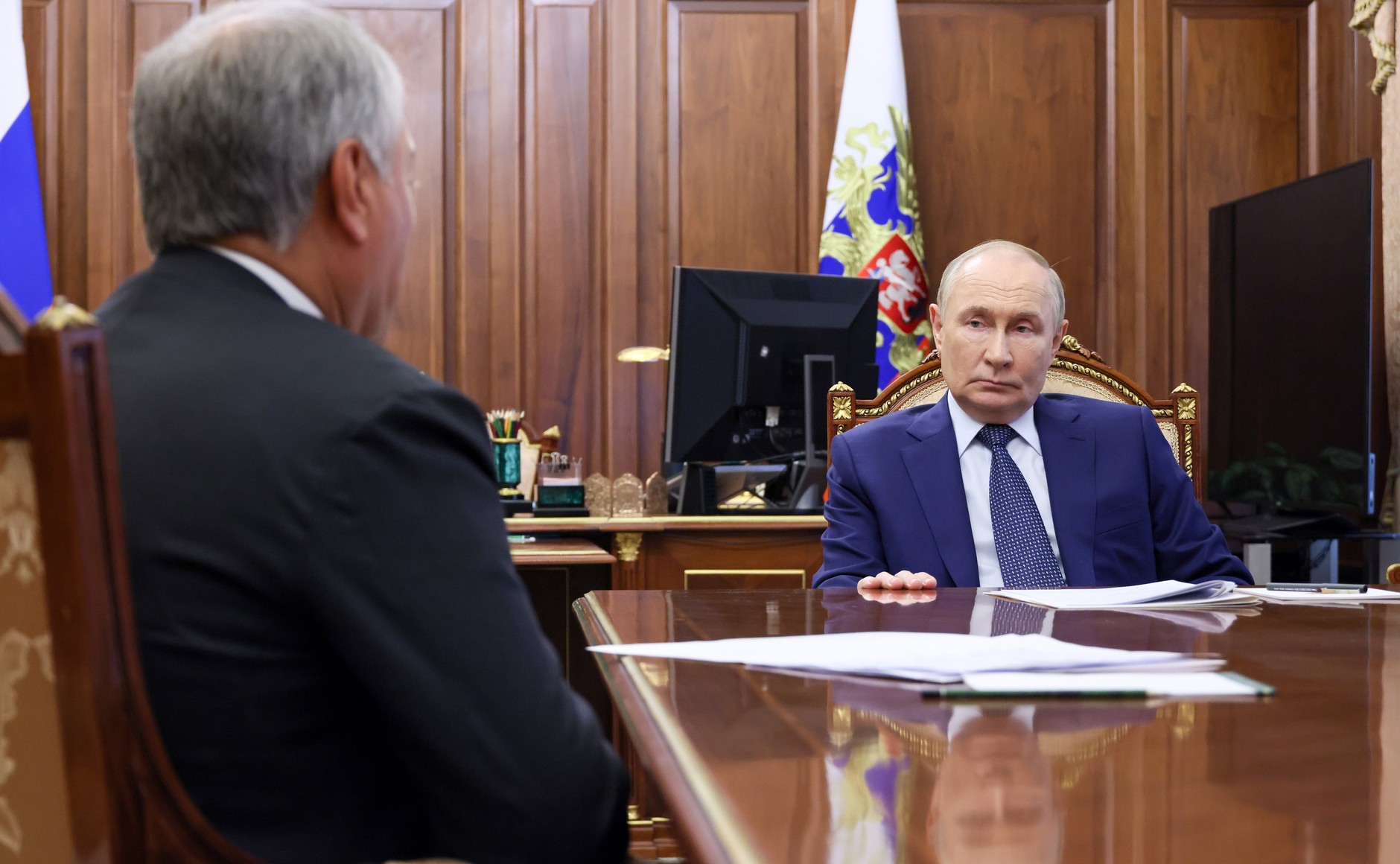
The State of Disunion in Belarus
The State of Disunion in Belarus
The key descriptor for Belarusian society at the moment may be “disintegration.” Namely, Belarusians appear not to see eye to eye on three major issues. One is their attitude toward President Alyaksandr Lukashenka’s leadership and legitimacy. The second is geopolitical lean: whether toward Russia or the West. And the third revolves around the trappings of Belarusian nationalism, including language and national symbols. Points of view regarding the second and the third issues tend to correlate: predilection for the white-red-white flag (WRWF) goes hand in hand with favoring the West, whereas preference for the official green-red flag aligns with closeness to Russia. As for the mindset toward Lukashenka, those opposed to him can be found on both sides of the barricade, which more cleanly separates Belarusians on the two other issues.
Attempts are made on either side of that barricade to reestablish some sort of unified harmony—i.e., toward a confluence of all three attitudes. But all these endeavors have, to date, been largely unsuccessful. The entrepreneurs Oleg and Olga Lewandowsky, who support Belarus’s president, have noticed that for the opposition-minded Telegram Channel chats and communications within specific quarters of Minsk, certain symbols were chosen in order for the participants of local rallies to better recognize their organizers. For example, for the Minsk district called Malinovka (Robin), the WRWF is superimposed with the respective bird; for Komarovka, the name originating from komar (a mosquito), the picture of this insect is added to the WRWF; for Kamennaya Gorka (Stone Hill), a picture of a hill is used; for Grushevka, which comes from grusha (pear), the latter is employed. But there was major procrastination on the part of the organizers as to how to label the Telegram chat room serving the neighborhoods surrounding the Pushkinskaya Metro Station. After all, however great a poet, Alexander Pushkin was a Russian, and that might send the wrong message. Finally, a decision was taken to use the picture of a canon, as the last name Pushkin comes from pushka, which is precisely that. According to Olga Lewandowskaya, minutiae like this make a big impression on people who dislike being manipulated (Facebook.com, March 29).
“The situation is such that all the opponents of the authorities are invited to recognize as their leaders those who are drifting toward [the Westernizing] Belarusian nationalism and de-Russification by leaps and bounds. And there is no alternative,” writes the Brest-based blogger Kirill Ozimko. He specifically makes the point that, on February 21—International Native Language Day, introduced in 1999 by UNESCO and celebrated in Belarus—no leader of the new opposition “congratulated us, the Russian-speaking majority of Belarusians. All speeches were devoted exclusively to mova, i.e., the Belarusian language. This is very much a wake-up call that shows how they feel about us. A very ‘consolidating’ behavior for an almost entirely Russian-speaking country,” Ozimko sarcastically remarks (Teleskop, March 31).
In its turn, the government is also trying to seize the initiative and reinstall its own sense of harmony by means other than just repressions and stamping out of symbols of dissent. It is with this goal that a two-part documentary, Mankurty, was recently aired on Belarusian TV (YouTube [1] [2], March 31). “Mankurt” is a term introduced by Chingiz Aitmatov, a classic Soviet literary author from Kyrgyzstan. It denotes someone who is deliberately deprived of national and/or tribal memory. In the Belarusian TV interpretation, it serves as a synonym for a traitor working for Western intelligence. So is labeled Alexei Khrolovich, a former lieutenant colonel of the Belarusian KGB, who was seized for spying for Polish intelligence; upon being caught, he was directed to continue to exchange information with his Western handlers, but now under the guidance of Belarusian counter-intelligence. Among other topics, the documentary also asserts that powerful and well-funded forces (including presumably foreign intelligence agencies) stand behind Stepan Putilo, the former Belarusian student in Poland who is in charge of the Telegram channel NEXTA, which has helped steer protest rallies in Minsk. Notably, he is presented discussing with Khrolovich the latter’s potential escape route from Belarus to the West, either in the trunk of a diplomat’s car or via Russia.
In the opinion of Carnegie Moscow Center non-resident scholar Artyom Shraibman, the major purpose of the documentary was to scare potential traitors in the Belarusian law enforcement agencies and to besmirch some of the defectors now working in the West. For example, one of them, the former riot police officer Igor Makar, is described in Mankurty as having ties with Russian intelligence, which may in turn compromise him in the eyes of his Western colleagues (T.me/shraibman, April 1).
Apparently, as revenge against the alleged role played by Polish security agencies in helping to steer protests in Belarus, Minsk has renewed its domestic campaign against the unrecognized Union of Belarusian Poles. Charges have already been brought against Andżelika Borys, the chairperson of the union, Andrzej Poczobut, a Grodno-based journalist, and three other activists of the Polish minority in Belarus, under Article 130 of the Criminal Code of Belarus, which deals with “inciting hostility between nations” and even with “rehabilitating Nazism.” The above is subject to a penalty of 5–12 years’ imprisonment. Even instructors and students attending Polish-language courses in Smorgon, a district center in western Belarus, are being screened on account of spy mania (Svaboda.org, March 31). It is hard to believe that less than three years ago, in 2018, high officials from Poland visited Grodno to take part in the 30th anniversary of the Union of Poles, with the tacit approval of Minsk (Pol.org, July 31, 2018).
As usual, each of the two mutually hostile camps of Belarusian society exaggerates its own size and underrates the number of people on the other side. Plenty of publications and postings to this effect exist. “Belarusian society remains deeply disunited in terms of culture and identity—it was the case when Lukashenka came to power, and it remains the case at the end of his era,” avers Valer Bulgakov, a student of Belarusian nationalism and himself a prominent Westernizer (Svaboda.org, April 2). Bulgakov is on target, and that is a bad omen for Belarus.


